- The Chevy Corvette ZR1 is a rear-wheel-drive mid-engine supercar with 1,064 horsepower.
- General Motors estimates a 0-60 mph time of 2.3 seconds.
- This is one seriously compelling car, and one of the best-performing vehicles you can get for under $200,000.
2025 Chevy Corvette ZR1 First Drive: A 1,064-HP, $200K Bargain
Is the ZR1 the greatest Corvette ever?
The 2025 Chevrolet Corvette ZR1 is General Motors' answer to the elite — a 1,064-horsepowermid-engine supercar that punches harder than exotica costing three times as much. It’s a remarkable achievement that will be talked about for years to come. If any $200,000 car can ever truly be a bargain, this is it.
In simple terms, the ZR1 is a twin-turbocharged version of the already excellent Z06, but in reality it’s much more than that. The whole car has been overhauled to cope with a dramatic increase in performance. The engine is uprated, the suspension is revised, and there’s a new aerodynamic package to seduce track day enthusiasts. It’s a complete package.
Brutally quick
Anyone who drove the previous-generation ZR1 will remember it as a car with too much engine. It was thrilling and unnerving in equal measure, lacking the sophistication and finesse of Europe’s finest. This ZR1 — the first to locate the engine behind the driver — is a very different proposition. It is thrilling and fun in equal measure. Around the Circuit of the Americas near Austin, Texas, it proves quite superb.
A quick note about that 1,064-hp headline, by the way. Chevy notes that you need to run the Corvette ZR1 on 93 octane fuel in order to achieve this output, which means adding in octane booster in states like California. What's the spec if you're running lower-octane fuel? Chevy says "over 1,000." Whatever the number, there aren't many other cars that get you into the four-figure power club for $200,000.
That incredible power makes the ZR1 brutally quick, of course. For context, in a Z06, we recorded 0-60 mph in 3.2 seconds and a quarter-mile time of 10.6 seconds. For the ZR1, Chevy is claiming 2.3 seconds to 60 mph and 9.6 seconds through the quarter mile, but that’s with rollout, a drag-racing relic that reduces the time but doesn’t make much sense in the real world.
Much more startling and significant is the Corvette ZR1's performance in third and fourth gear, where its 828 lb-ft of torque is felt most keenly. The Circuit of the Americas is a huge, flowing racetrack designed for Formula 1, and this tends to minimize the sensation of speed. Thankfully, the Corvette's built-in data recorder doesn’t lie. At the end of the main straightaway, I'm braking from 177 mph. At the end of the start-finish straight, which includes a sharp incline, I'm cresting 155 mph. Last time I drove this circuit, I was at the wheel of a McLaren 720S and the Chevy feels appreciably faster in a straight line.
If you're going to enjoy this car as its engineers intended, you're going to need to join the track day community. To extract the best from the ZR1, you need a lot of circuit to match a lot of car.
To ZTK or not to ZTK?
Chevy offers the ZR1 as either a coupe or a convertible and in two distinct trims. The standard car has a road-focused suspension setup and more understated aesthetics. Or you can add the ZTK track package ($1,500) and the carbon-fiber aero package ($8,495), which includes that giant rear wing. Completing the set are carbon-fiber wheels for $13,995. Chevy expects most customers to choose the aero package — and not just because it looks cool.
The step up from standard ZR1 to ZTK is surprisingly large, making it a must-have for the track day enthusiast. There are changes to the suspension springs, to the dampers and, most significantly, to the tires. The Michelin Pilot Sport Cup 2R tires fitted to the ZTK are effectively race rubbers for the road. Michelin's test engineers reckon these tires alone can shave off 3 seconds per lap around a dry Circuit of the Americas. Be aware, though, that like race tires, they will wear out more quickly than traditional road-focused boots. And, if it's cold or wet, they grip like Bambi on ice.
Superb handling
The combination of the tires and the suspension changes makes the ZTK-equipped ZR1 the most responsive. It turns sharply, steers accurately, and offers remarkable poise and agility for such a big, fast car. The performance is also accessible, helped by an army of electronic traction and stability aids that can be adjusted or switched off. Still, with so much power and only rear-wheel drive, the Chevy demands respect — the throttle must be caressed, not punched.
Thankfully, the standard carbon-ceramic brakes ensure that the stop matches the go, inspiring real confidence. If you’re trying hard on a track, the 'Vette likes to be trail-braked — the technique of gradually reducing the brake pressure as you turn into the corner. The feel through the brake pedal and the overall weighting of the controls make this comparatively easy. On track, the ZR1 feels more like a racer than a traditional performance road car.
If only the seats offered the support of a race car. Even the most aggressive competition bucket seats don't offer enough support to hold your body in place through the corners. Let's hope Chevy comes up with a better alternative in the future.
An evolving interior
The first ZR1s are 2025 model-year cars, complete with the controversial (and ergonomically challenging) waterfall of buttons on the center console. Only a relatively small number of these will be built (think low hundreds) before the 2026 model arrives with an updated interior. The latter is a decent step forward in quality and appeal, but the 2025 model-year cars will be more exclusive and thus more collectible.
The extra cooling needed for the ZR1's turbos deprive the car of the front trunk found in other Corvettes, but it retains the large rear trunk, which can even accommodate golf clubs. It's refreshing to have a supercar that you could genuinely take on a week's vacation.
Final thoughts
My test of the new ZR1 was entirely focused on the track, so I write this review with the caveat that I've yet to test it on the road. However, there's nothing from my experience and time living with other 'Vettes of this generation to suggest that the ZR1 will be an unruly companion. You most likely could drive it every day, even if only a few customers will.
Although the ZR1 starts at $174,995 for the coupe (including destination), by the time you've added desirable options such at the aero pack and the front nose lift system (a must-have at $2,595 to stop the lower fascia scraping on driveways), it’s easy to see the price rise north of $200,000. That's a huge sum of money for any car, but Chevy's most obvious rival, the Porsche 911 GT3, is even more expensive and has half the power.
Historically, Chevy has struggled to tempt enthusiasts shopping for a Porsche or McLaren. With the ZR1, though, General Motors might just square that circle. The ZR1 propels the Corvette into an area of the market where it's never really competed before, and it does so with aplomb. We can’t wait to get it back to the Edmunds test track to run the numbers and to the Edmunds U-Drags track, where it might just set a new record. It really is that good.
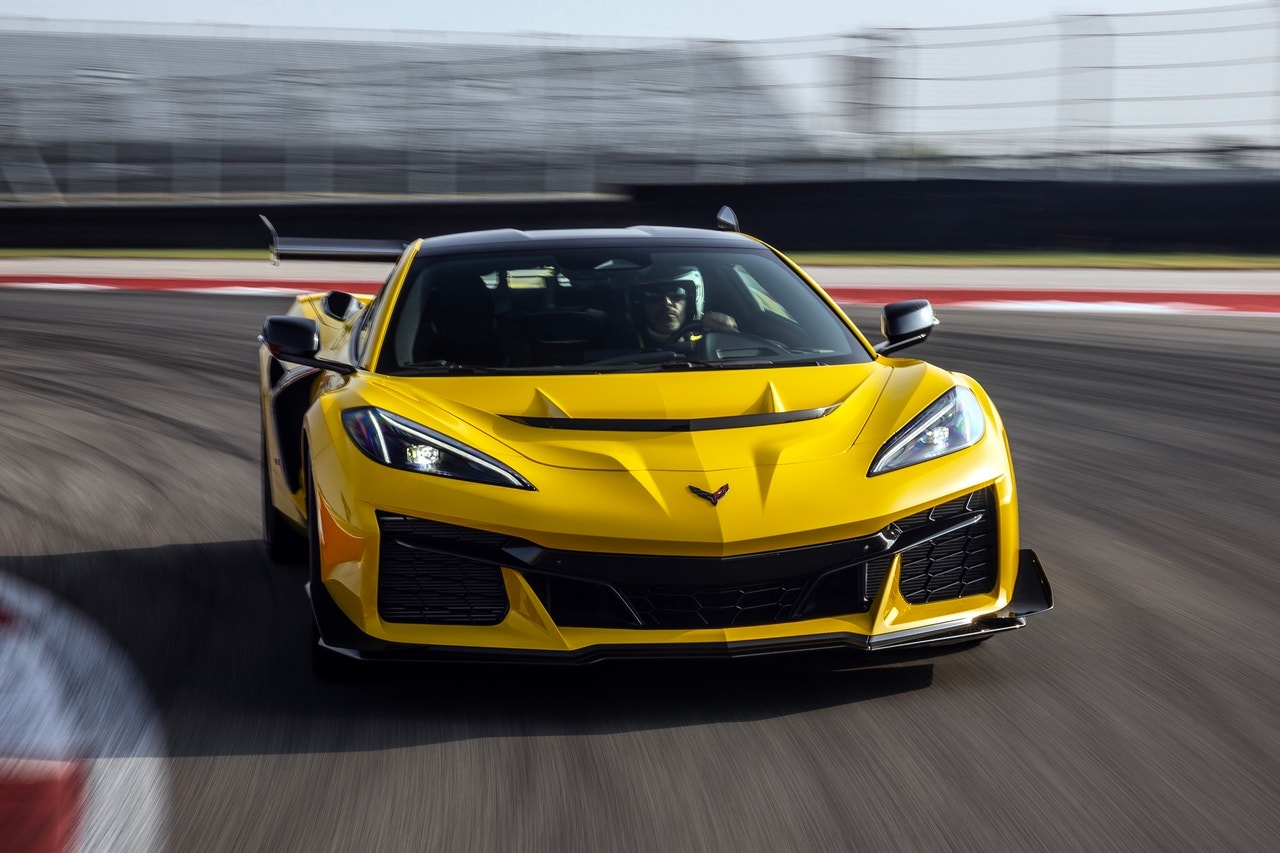

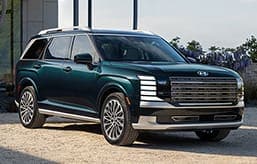
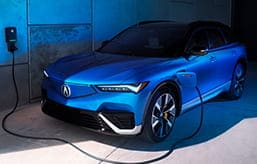
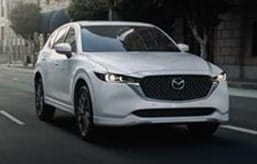
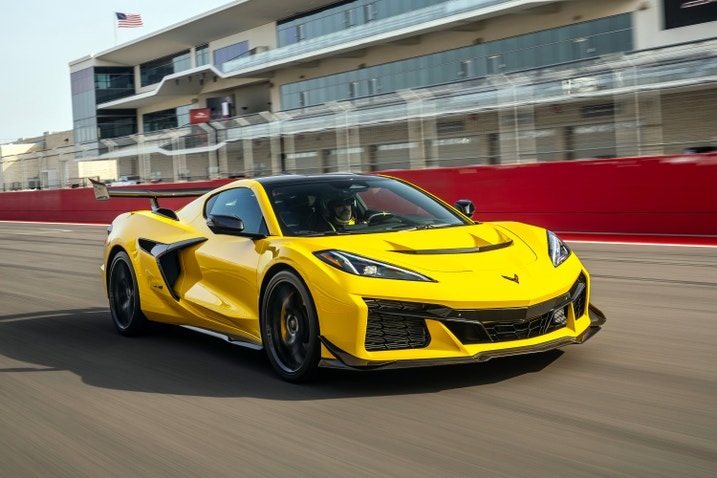
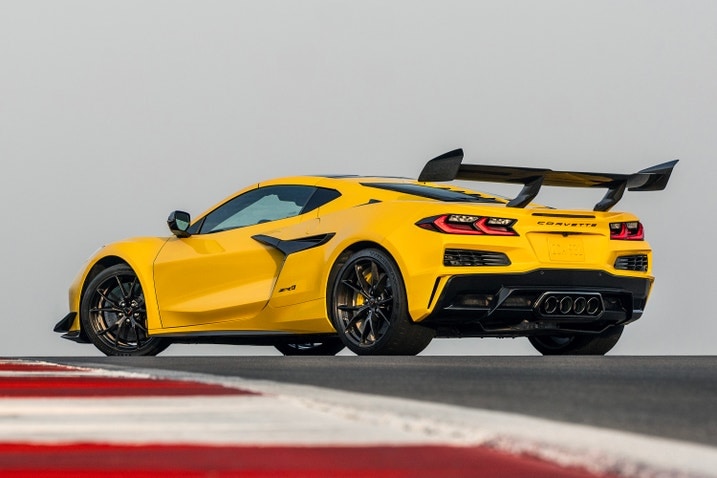

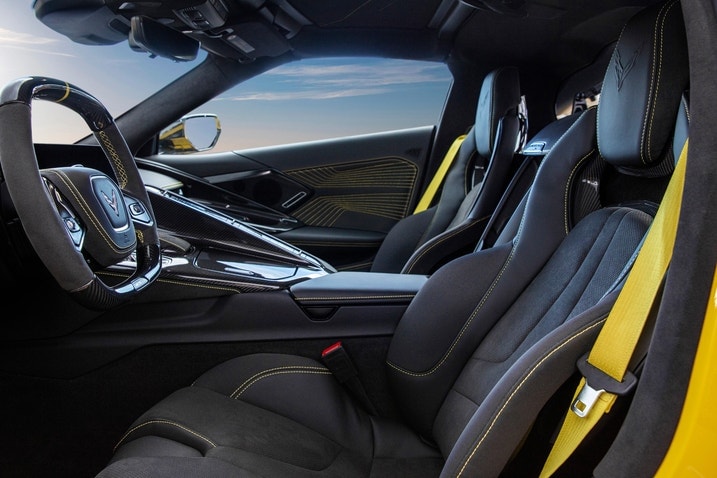
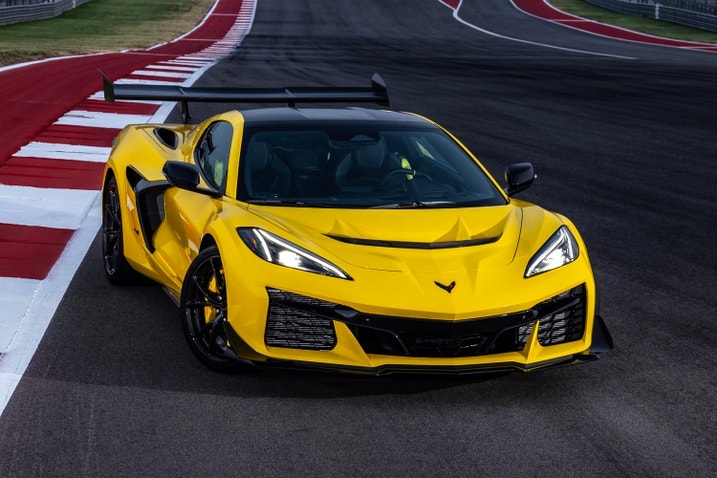
 by
by  edited by
edited by